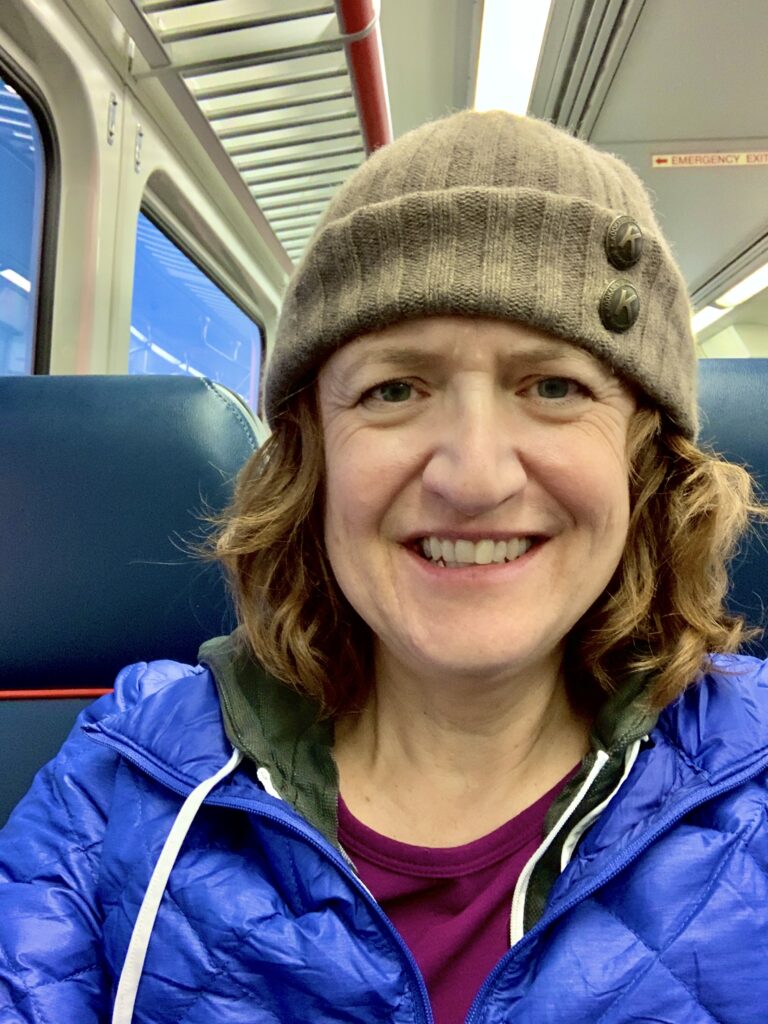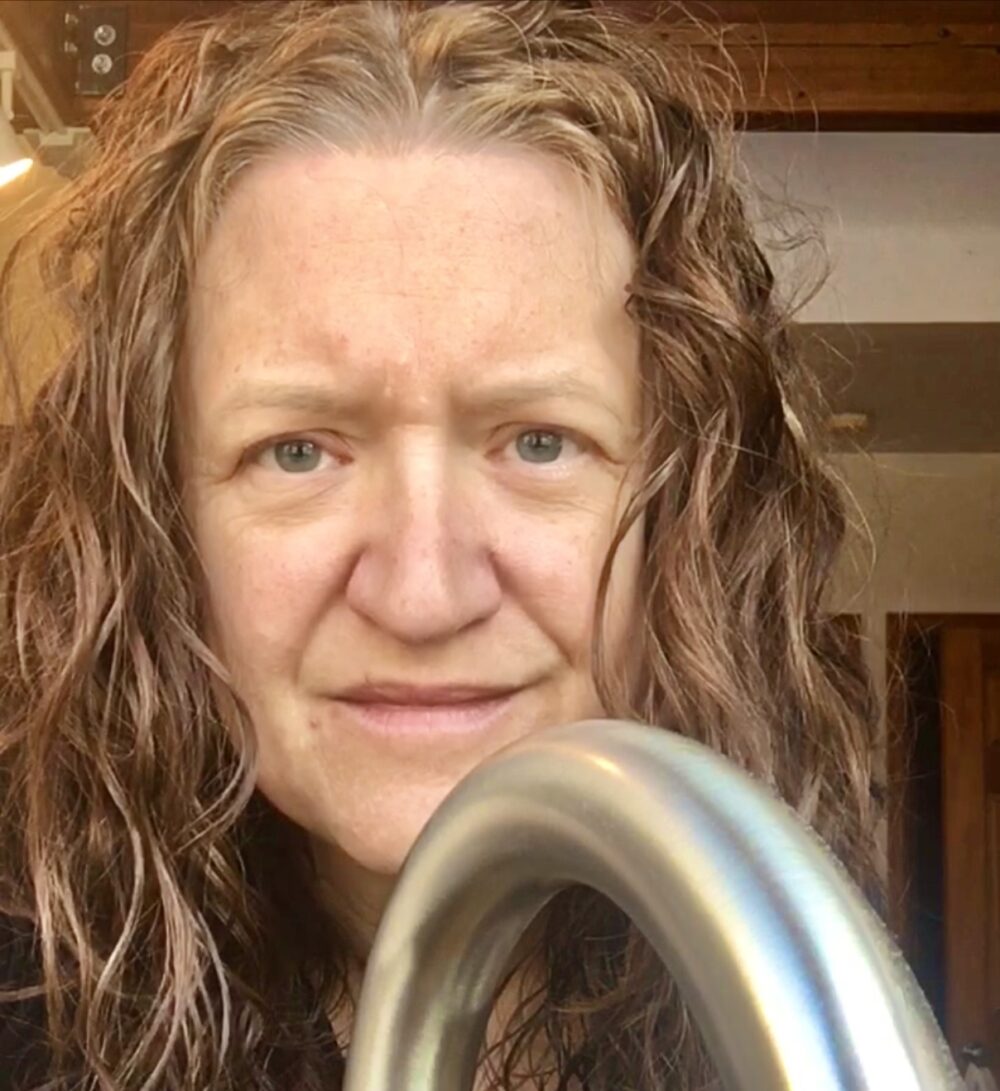The Invisible Faces of PTSD
(Trigger warning.)
I took this selfie one week after a registered sex offender walked into a bookstore on a busy urban thoroughfare where I was working, engaged me (groomed me) in conversation about the literature genre of science fiction and other topics for 30 minutes, waited for the store to clear, lured me out from behind the check-out desk to show him a specific author’s books, and attacked me from behind.
In this photo I was at the kitchen sink, cleaning the knife wounds and stitches on my hand, and it occurred to me for the first time at that moment that I should probably document my progress and some of my injuries (because as someone with a historian/journalist mind, that’s what I do – I document). So I took a video of myself and my injuries, and this is a single frame from that video.
It hadn’t occurred to me before then to do that. Because why would I do that? I could barely look at myself in the mirror or at my unbandaged hand. Looking at my injuries and at myself, so different – a stranger to my own self – brought everything flooding back. My new reality.
I couldn’t handle it and thus already was demonstrating one of the main symptoms of PTSD (post-traumatic stress disorder) – “Avoidance,” probably still my strongest symptom – to try to escape from the barrage of noise and video replays in my head and the danger signals my brain was sending to my body 24 hours a day. For the previous week a friend had come over each day to clean the wounds while I looked away.
That day, I took over. I told her, “I can do it.” And so I did.
This is one of the few photos I have of myself with acute PTSD — from immediately AFTER. Maybe this is what people think of when they think of PTSD: That “look.” Those eyes. They look haunted. Dead. No light or life. I look otherwise normal except for a small, healing cut by my mouth from the knife or his fist. But my eyes? They are a dead giveaway.
As life moves forward for us trauma survivors, PTSD can become less obvious to those who don’t intimately know us because we DO begin to heal and make progress, but also protectively react to a world that quickly becomes impatient with our illness/injury and urges us to rebound, be resilient, overcome. Because everyone loves a good story about overcoming.
People grow weary with trauma and grief. Just ask Prince Harry. (You keep telling your story, Harry. It’s important. I support you.)
So to many people, we stop talking about it. Figuring out who is a “safe” person becomes a complicated logic problem that we are constantly working on as we push and pull out of people’s lives.
Our yearning for “authenticity” – to present to the world who we actually are, with no more bullshit (because Survivors can’t stand bullshit and faking it) – and our ability (or inability) to “trust” are like constant, opposing forces that yank us back and forth.
For people with PTSD, overcoming is not a singular event or instant in time. It is something we do every single day: On the day we take public transportation again by ourselves, on a day we travel again and be social with others, on the first day we take a run again by ourselves (below).



On a day we sit between two strangers on a plane; on a day someone comes up to us from behind with excitement; on a day we test our trust, are vulnerable with someone and speak our truth, relate our feelings; on a day we share a lane with someone at the pool; on a day we say hello to a stranger at the park instead of looking away; on a day we ask for a hug; on a day we start a blog and share our stories; on a day we reach out to someone for connection; on a day we look out at the world through the living-room window and walk out the front door.
As I look back at my camera roll from the last five years, it is filled with “firsts” – and with struggles.
Each day I – WE – overcome just by getting up and continuing. And each success or positive encounter we have propels us forward.
PTSD can be invisible. But for those warriors out there putting one foot in front of the other each day: I see you! You are not invisible to me.
I know what you do Monday through Sunday, 365 days a year.
Please subscribe to this blog to continue following my healing journey. You can also follow me on social media at:
Instagram: @amiddleagedsurvivor
Facebook: @amiddledagedsurvivor
Substack: @amiddleagedsurvivor
Wishing you love, peace and sparks of joy wherever you are on your healing journey. It is my wish with all that I do and all that I write about for you to know that you are not alone.
Warmly,

You are right. It’s invisible, And I love that you are being eyes to bear witness for others.
Thanks for sharing! This is a powerful description of the process of trauma and recovery, both the challenges and the progress.